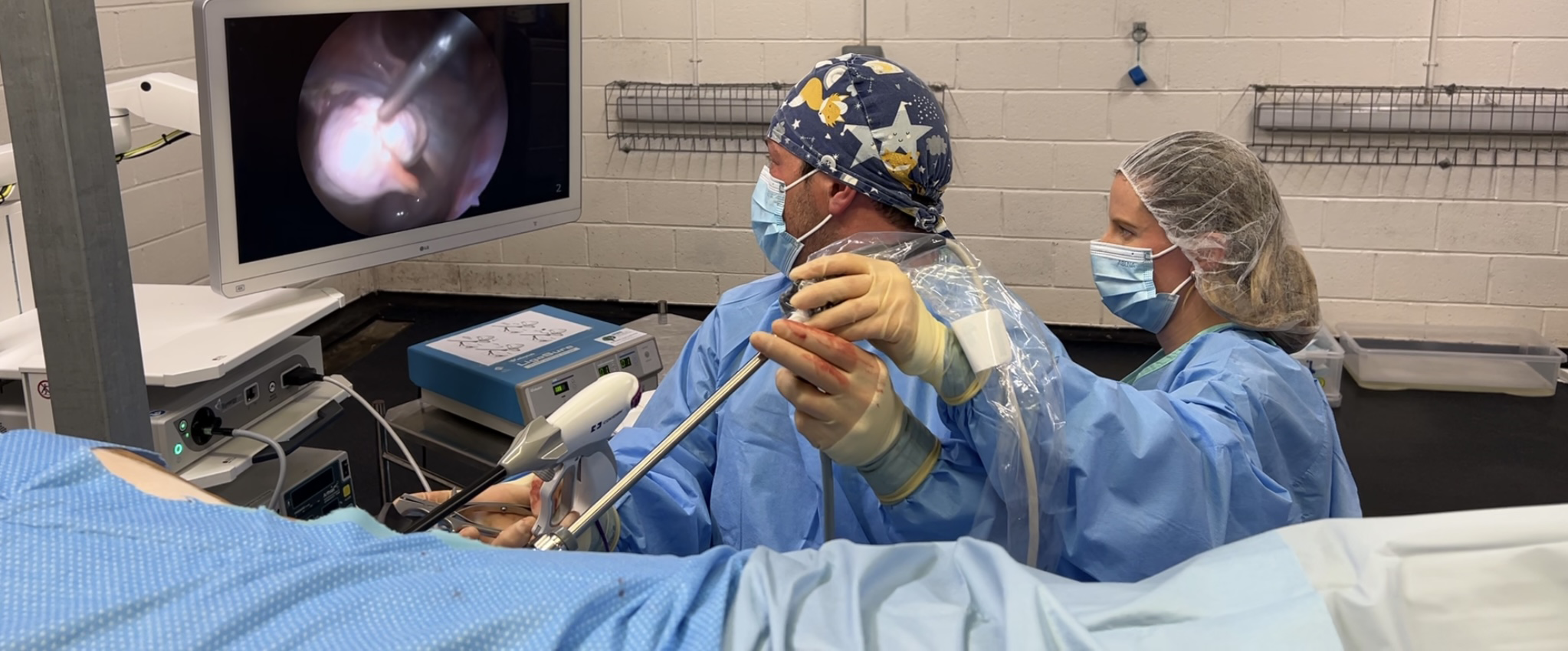What is Cushing’s Syndrome?
Equine Cushing’s disease is a condition generally in middle aged to older horses (over 15 years old).
Younger horses can also be affected.
It is a syndrome caused by hormone-related problems, due to degenerative changes in the brain. The pituitary gland, at the base of the brain, plays a major role in hormone production – when this enlarges, it results in increased release of several hormones . The main hormone changes lead to increased production of cortisol (steroid), by the adrenal glands, which lie above the kidneys. The over-production of cortisol leads to most of the clinical signs associated with Cushing’s disease.
It is also known as PPID (pars pituitary intermedia adenoma), ECD and hyperadrenocorticism.
Equine Cushing’s disease is very different from Cushing’s disease in cats, dogs or man.
What are the signs of Cushing’s disease?
Clinical signs of Cushing’s disease vary but include:
- Laminitis – common and serious, may be mild and chronic (long-term ) with no obvious cause
- A long curly coat (hirsutism)
- Variation is normal coat shedding – often delayed later in the year
- Excessive sweating
- Excessive drinking and urination
- Increased susceptibility to infections, such as skin infections, foot abscesses and sinus or dental infections
- Abnormal body shape – many horses loose muscle, yet fat distribution may give them a ‘pot-belly’ appearance
- Bulging of the hollow above the eyes
- Lethargy or looking dull
- Blindness and seizures can occur in extreme cases if the pituitary gland pushes on other parts of the brain but this is very rare
How is Cushing’s Disease Diagnosed?
In most cases a simple one-off blood sample will let us know if your horse has Cushing’s disease
Drug companies sometimes offer free testing so please ask at reception to see if free-testing is available
Often Cushing’s is suspected due to the clinical appearance of your horse or pony
How can Cushing’s disease be managed?
If Laminitis is a problem, immediate medical care is needed – pain relief, foot care etc
- General nursing and care is always required
- Clipping, often year round with appropriate rugging will help keep your horse comfortable
- Regular dental checks, vaccinations, worming and faecal worm egg counts are essential
- Routine farriery will help minimise feet problems and allow signs of laminitis to be closely monitored
- Good quality feeding and routine weight checks will help maintain and provide essential nutrients
- Medication may also be used
Is there medication for Cushing’s Disease?
- Medication will often improve your horse’s quality of life
- Generally a drug called Prascend (pergolide) can be given by mouth once daily
- Medication must be used alongside management changes
- Once medication is started it should be administered life-long
- Regular blood tests will allow monitoring of the disease and the dose of medication can be changed accordingly
- Medication will not ‘cure’ the disease but will often lead to a great improvement in the general quality of life
Prascend Tablets
- When a horse or pony is started on medication we often start on a ‘middle of the road’ dose
- Regular blood sampling (initially every 4 to 6 weeks) then allows us to assess the effect of treatment and adjust doses accordingly
- Tablets should not be crushed but instead administered by dissolving in a small amount of water in a syringe and administered by mouth. A small amount of honey/molasses or yoghurt can be added to the syringe to aid administration
- Clinical improvement is expected within six to twelve weeks of starting treatment


